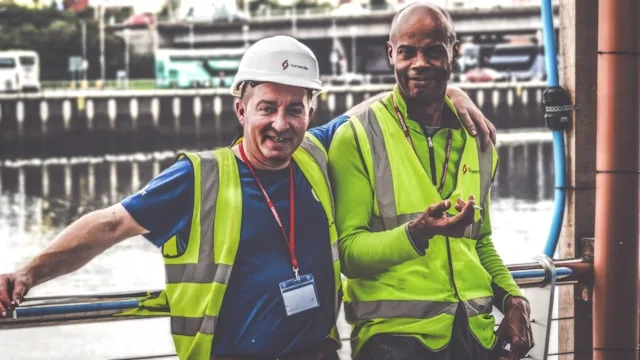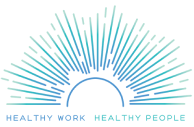Marnie Dobson, PhD, Pouran Faghri, MD
In July as part of the Healthy Work Campaign, we published Reopening Schools: Mental Health vs Health & Safety on the debate raging in the U.S. about whether schools (K-12) could safely re-open in the fall for in-person classes despite the surging COVID-19 pandemic. The debate seemed to hinge on whether the health and safety concerns related to the pandemic could be outweighed by the educational deficits and mental health issues for students and parents resulting from the shutdowns and distance learning that began in March 2020. Of course much of the pressure to reopen schools was coming from the White House administration, hoping the pandemic was “turning a corner” and desperate to restart the American economy by returning students to schools and working parents to the workplace. Political pressure from the federal government threatening to pull federal funding from schools and from state governments, forced many school districts to open in-person despite concerns for the health and safety of children, staff and teachers. Although most of the largest school districts in the country made the decision to begin online learning only in the Fall.
Part of the argument for school reopenings was the wrong notion about the lack of vulnerability of children to the corona virus. Evidence has been accumulating that children are not “immune” and that children in close proximity to each other (e.g. summer camp exposures) result in significant outbreaks. In fact, rates of infection in children ages 0-17 dramatically increased over the summer, particularly among Black and Latinx children who were more likely to be hospitalized with serious illness. A recent CDC report reported 277,285 positive test results among children from March1 – September 19. There was a peak in incidence in July which plateaued in August but there has been an increase again in mid-September (as schools reopened). There have been thousands of cases since schools reopened but without better contact tracing it is difficult to know if students or school employees contracted the virus in schools or outside.
School reopenings during COVID-19 is a worker health and safety issue as well, which we discuss in a recent newsletter published by the TWH Center of Excellence, the Center for the Promotion of Health – New England (CPH-NEW). Thousands of teachers and staff and their unions were concerned about being forced back into classrooms, some in districts which did not follow recommended CDC guidelines regarding physical distancing or mask-wearing. Many schools, especially in regions with a high level of virus transmission that tried to open in-person, experienced outbreaks and were forced to close again. Unfortunately, teachers and other staff have died since school reopenings began. Many teachers and staff are in high risk categories – older, having pre-existing conditions, or caring for family members with pre-existing conditions, however some younger teachers have also died.
Tracking school outbreaks has been spotty at best. In August a Kansas teacher took it upon herself to comb the internet for news stories about school infections, teacher cases and deaths and began a Google spreadsheet. The project became an overwhelming success and has been taken on by the National Education Association which launched the NEA School and Campus Reporting Site. It is problematic that surveillance of this important public health crisis is left to individuals or professional associations and not the government. We also need better tracking of COVID-19 illness and deaths by industry or occupation, because we know that many jobs bring a very high risk of exposure. For teachers in states where schools were reopened, there was little choice other than to be physically present at the workplace and fear of exposure or transmitting COVID-19 to family members, added another layer of stress to an already stressful job. This additional stress could also raise the risk of mental health problems such as burnout and depression. Teachers, in particular, are vulnerable to job stress and burnout but there have been ongoing efforts by teachers and their unions to develop effective interventions to reduce this burden.
Understandably, students need to be at school to be able to socialize and interact with each other, however during this pandemic the health and safety of both teachers and students should take precedence in any decision-making regarding the reopening of schools, especially in areas where there is still widespread community transmission. Teachers’ advocacy efforts are helping to protect not only their own health and safety, but also the health & safety of students and the community by fighting for adequate PPE, attempting social distanced teaching methods, and improving online learning. It is important that we all support our teachers and staff as they continue doing the heavy lifting in educating our children through this unprecedented time while also fighting for safe work environments.






